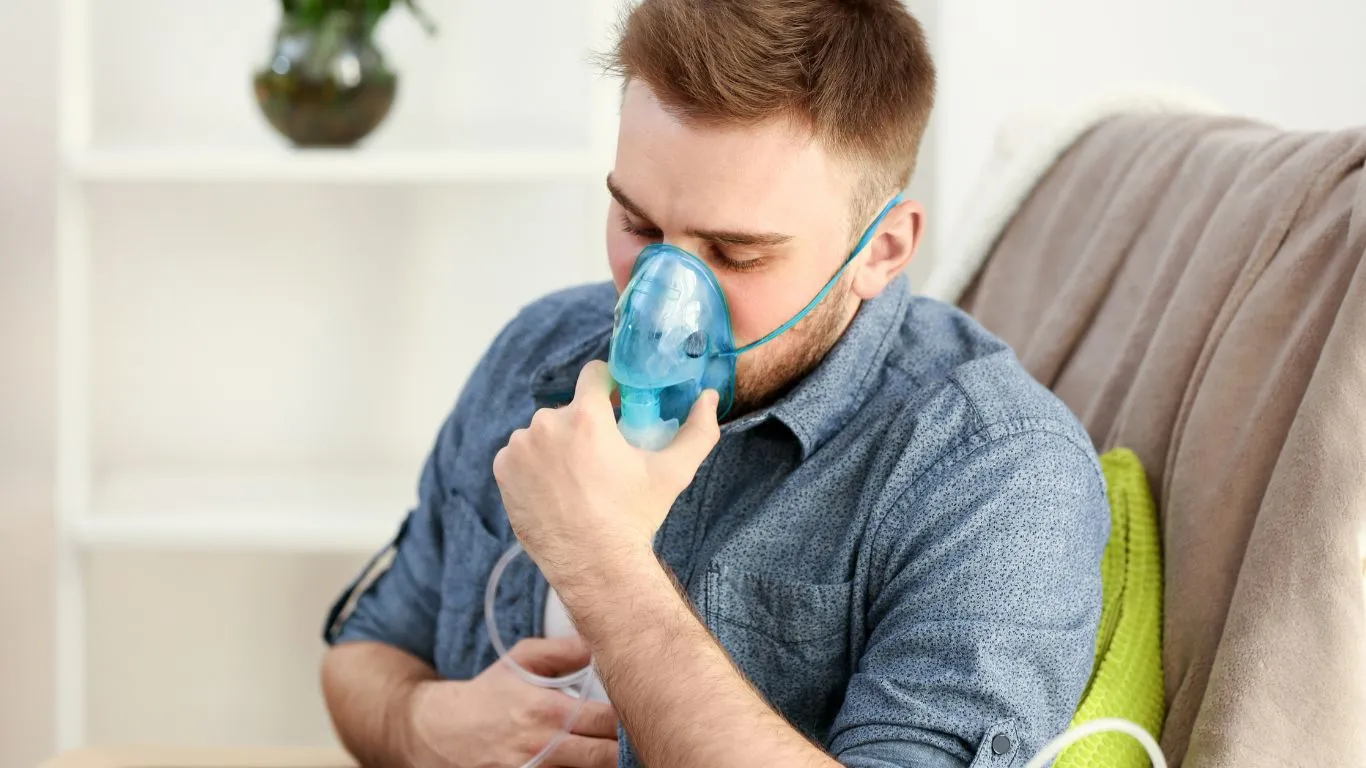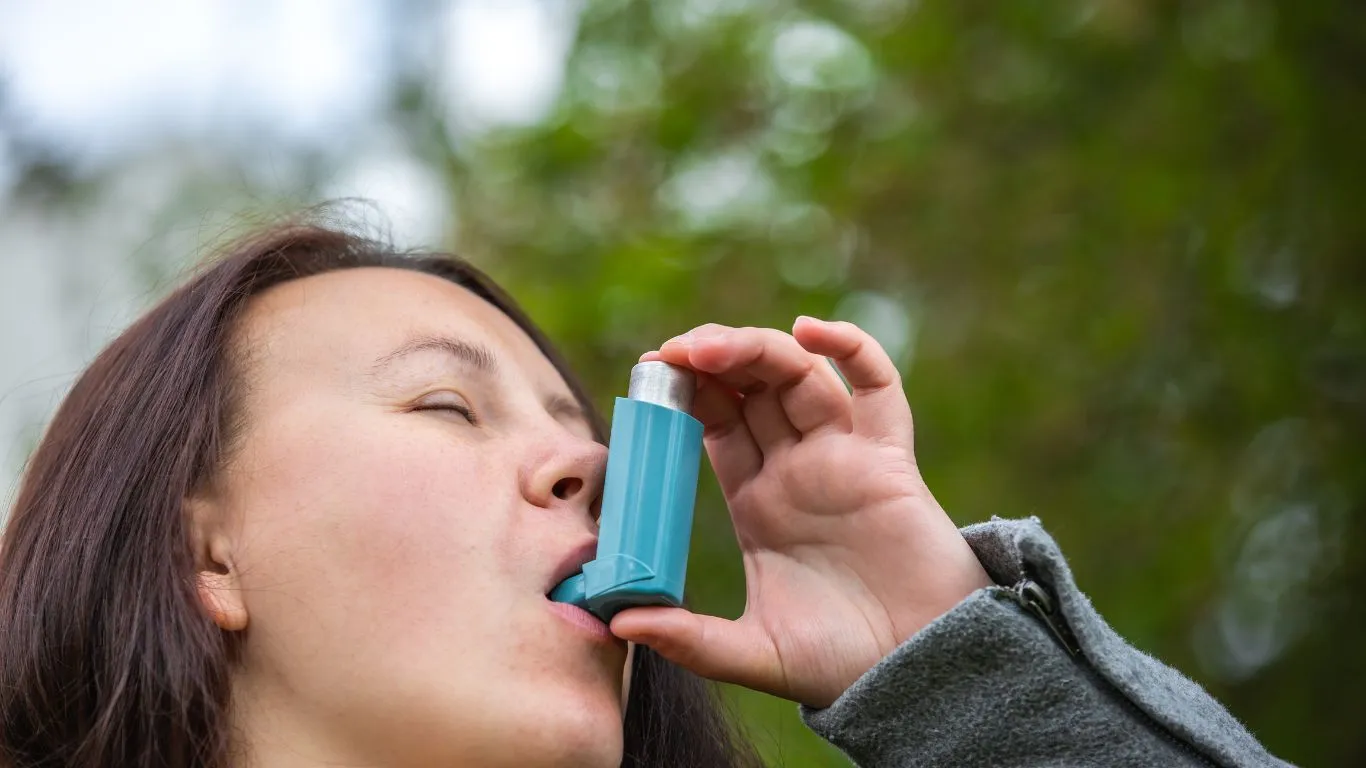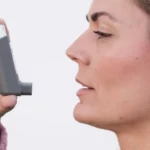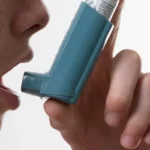How to Prepare for Asthma Emergencies
Asthma attacks can be scary. But you know what’s scarier? Not being prepared for one. Let’s walk through how you can get ready to handle asthma emergencies like a pro.

Why Preparing for Asthma Emergencies is a Big Deal
 Asthma isn’t just about having a puff of your inhaler and moving on. Severe asthma attacks can escalate quickly, and without a solid plan, things can get dangerous. Preparation isn’t just about peace of mind; it’s about safety.Here’s the thing: asthma triggers aren’t always obvious. Sure, you might know that pollen or cold weather sets you off, but an unexpected trigger (like a random perfume or a dusty old book) can catch you off guard. That’s why being prepared is like having an umbrella—you might not need it, but when it rains, you’ll be glad you’ve got it.
Asthma isn’t just about having a puff of your inhaler and moving on. Severe asthma attacks can escalate quickly, and without a solid plan, things can get dangerous. Preparation isn’t just about peace of mind; it’s about safety.Here’s the thing: asthma triggers aren’t always obvious. Sure, you might know that pollen or cold weather sets you off, but an unexpected trigger (like a random perfume or a dusty old book) can catch you off guard. That’s why being prepared is like having an umbrella—you might not need it, but when it rains, you’ll be glad you’ve got it.
Step 1: Build Your Asthma Action Plan
An asthma action plan is like a GPS for managing your asthma. It tells you what to do when things go from “all good” to “not so great” to “help, this is bad!” You can create one with your doctor, but here’s the gist:
Know Your Zones
- Green Zone: You’re breathing easy, no symptoms. This is where you want to hang out most of the time.
- Yellow Zone: Things are getting a little off. Maybe you’re wheezing or feeling tightness. Time to take action.
- Red Zone: It’s full-blown emergency mode. This is where you grab your rescue inhaler and maybe even call 911 if needed.
Personalize Your Plan
Write down your daily meds, what to do in each zone, and emergency numbers. Make sure it’s clear and easy to understand because, in an emergency, no one’s got time for confusion.
Step 2: Stock Up on Supplies
 Think of this as packing a mini survival kit for your lungs. Here’s what you’ll need:
Think of this as packing a mini survival kit for your lungs. Here’s what you’ll need:
1. Rescue Inhaler
This is your first line of defense. Always, always, ALWAYS keep it with you. Like, if you forget your phone, fine. But your inhaler? Never.
2. Spacer
A spacer makes it easier to get the medicine deep into your lungs, especially if you’re panicking and your breathing is all over the place.
3. Peak Flow Meter
This handy gadget measures how well air is moving out of your lungs. If your numbers drop, it’s a sign your asthma is flaring up.
4. Medical ID
A bracelet or card that says you have asthma can be a lifesaver if you’re unable to communicate during an emergency.
5. Emergency Contacts
Have a list of key numbers: your doctor, close family, or friends who can help if things get serious.
Step 3: Learn Your Triggers
 Triggers are sneaky. One moment you’re fine, and the next, you’re in wheeze-city. Here are some common culprits:
Triggers are sneaky. One moment you’re fine, and the next, you’re in wheeze-city. Here are some common culprits:
- Allergens: Dust mites, pollen, mold, or pet dander.
- Irritants: Cigarette smoke, strong perfumes, or cleaning products.
- Weather Changes: Cold air or sudden temperature shifts.
- Exercise: Yep, exercise-induced asthma is a thing.
- Stress: Anxiety or stress can tighten those airways faster than you’d think.
Start a trigger journal. Whenever you have symptoms, jot down where you were and what you were doing. Patterns might pop up.
Step 4: Practice Breathing Techniques
If you’ve ever panicked during an asthma attack, you know it can make everything worse. Practicing calming breathing techniques can help:
Pursed-Lip Breathing
- Inhale through your nose for about 2 seconds.
- Exhale slowly through pursed lips (like you’re blowing out a candle) for 4 seconds.
Diaphragmatic Breathing
- Put one hand on your chest and the other on your stomach.
- Breathe in deeply through your nose, making your stomach rise (not your chest).
- Exhale slowly and repeat.
These exercises help you stay calm and improve oxygen flow when you’re feeling tight-chested.
Step 5: Educate Your Support Network
If you’re having an attack, the people around you need to know how to help. Teach your family, friends, and coworkers how to:
- Recognize the signs of an asthma attack (wheezing, gasping, blue lips, etc.).
- Use your inhaler or spacer.
- Call emergency services if things escalate.
Step 6: Stay on Top of Maintenance
Prevention is everything when it comes to asthma. Take your daily meds as prescribed, even if you’re feeling fine. Schedule regular check-ins with your doctor to make sure your treatment plan is still on point.
Conclusion
Being ready for an asthma emergency doesn’t mean you’re living in fear—it means you’re in control. With a solid action plan, the right tools, and a little practice, you’ll be ready to handle whatever comes your way. Breathe easy—you’ve got this!
Appendices
FAQs
- What’s the first thing I should do during an asthma attack? Use your rescue inhaler right away and follow your asthma action plan. If symptoms don’t improve, seek emergency medical help.
- How often should I update my asthma action plan? Review it with your doctor at least once a year or after any major asthma flare-ups.
- Can I prevent asthma emergencies completely? While you can’t control everything, sticking to your treatment plan and avoiding triggers can reduce your risk significantly.
- Do I need a spacer for my inhaler? A spacer can help deliver medicine more effectively, especially for kids or during severe attacks.
- What if I forget my inhaler? Try to stay calm and use breathing techniques to manage symptoms until you can get help or access your inhaler.
References
- American Lung Association. (2024). Managing Asthma Emergencies. Read More
- Asthma and Allergy Foundation of America (AAFA). (2025). Asthma Care Basics. Read More
- National Institutes of Health (NIH). (2023). Asthma Treatment Guidelines. Read More
Disclaimer: This guide is for informational purposes only and should not replace professional medical advice. Always consult with your healthcare provider about your asthma care and treatment plan.

Bianca Nala is a skilled writer with a deep focus on respiratory disorders. Her articles on Healthusias.com reflect her expertise, providing readers with reliable and engaging insights into respiratory health.














